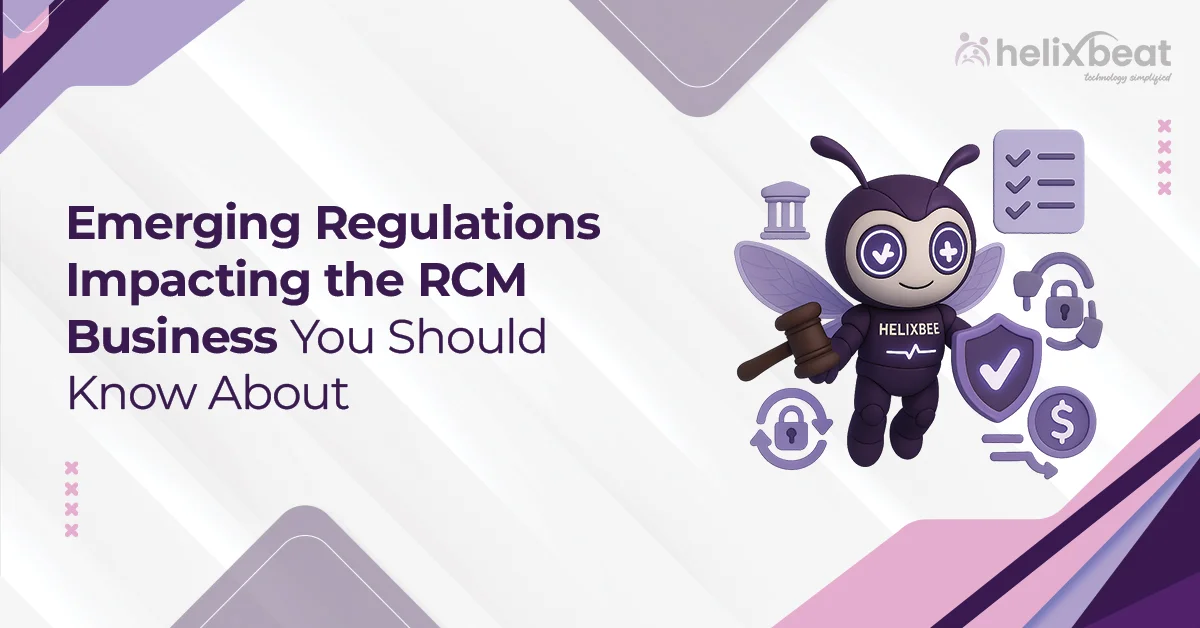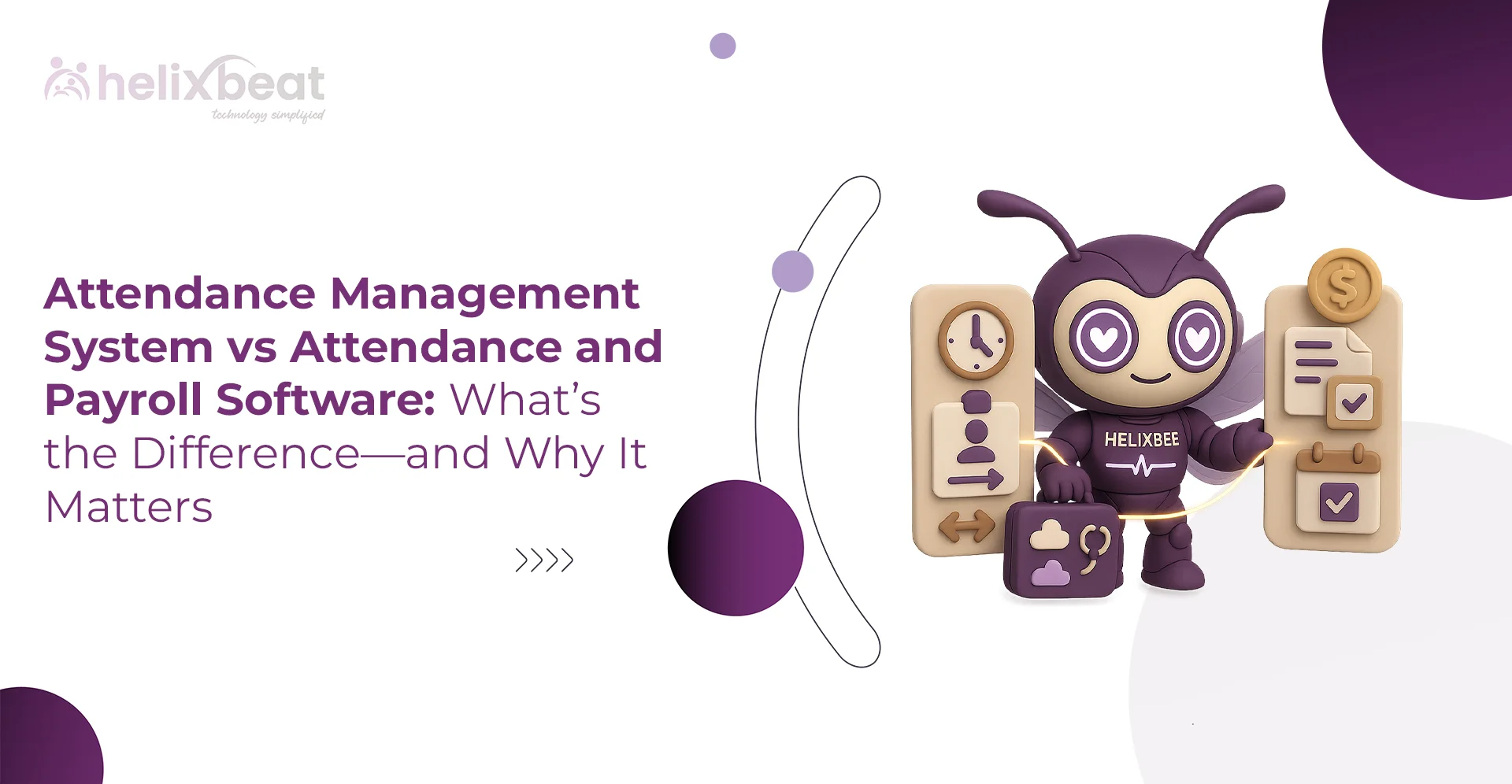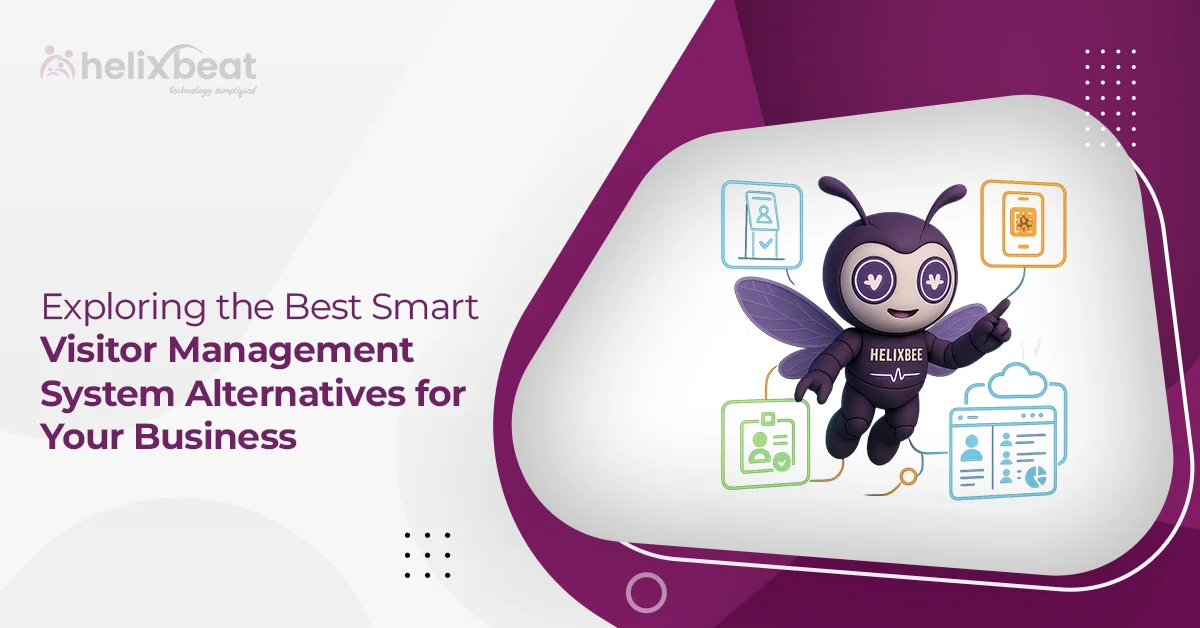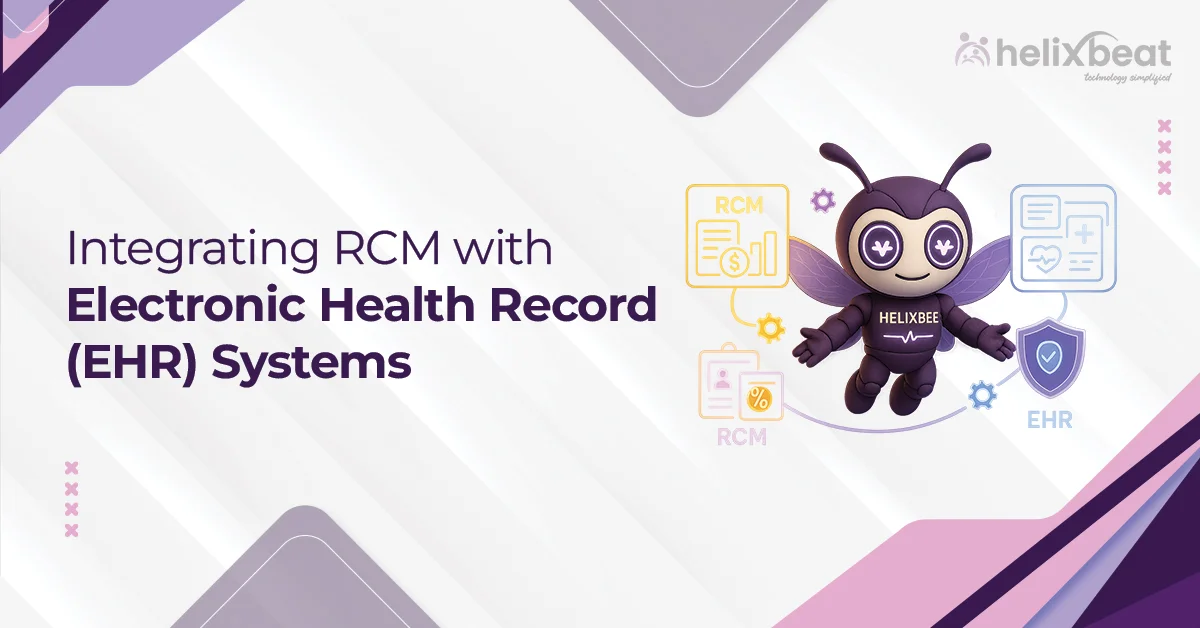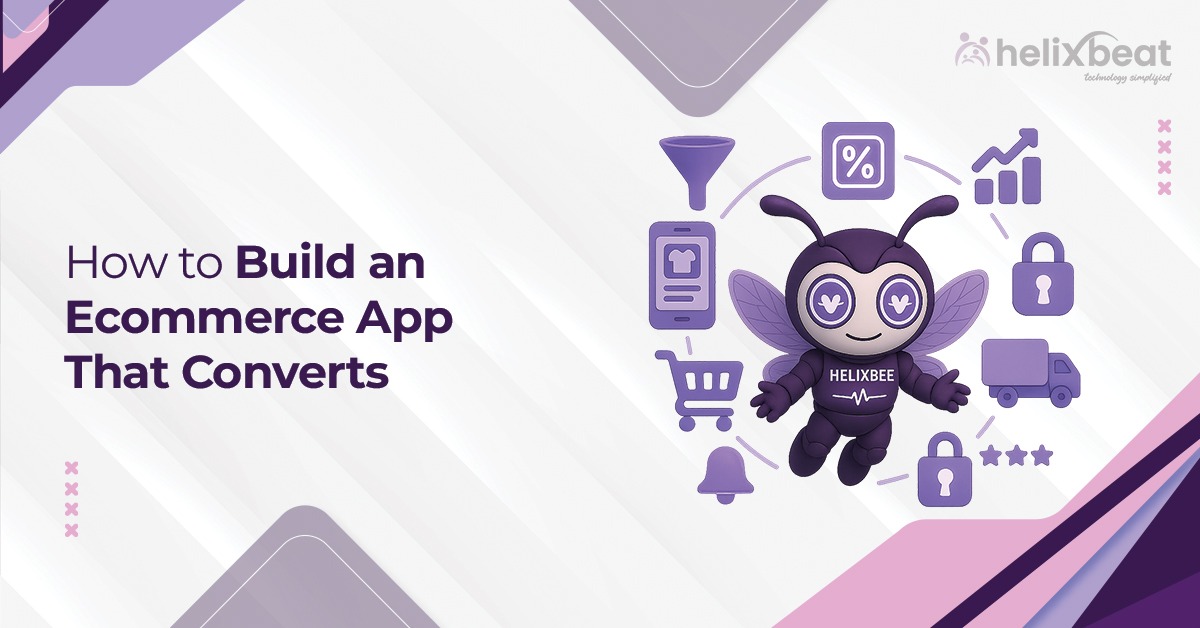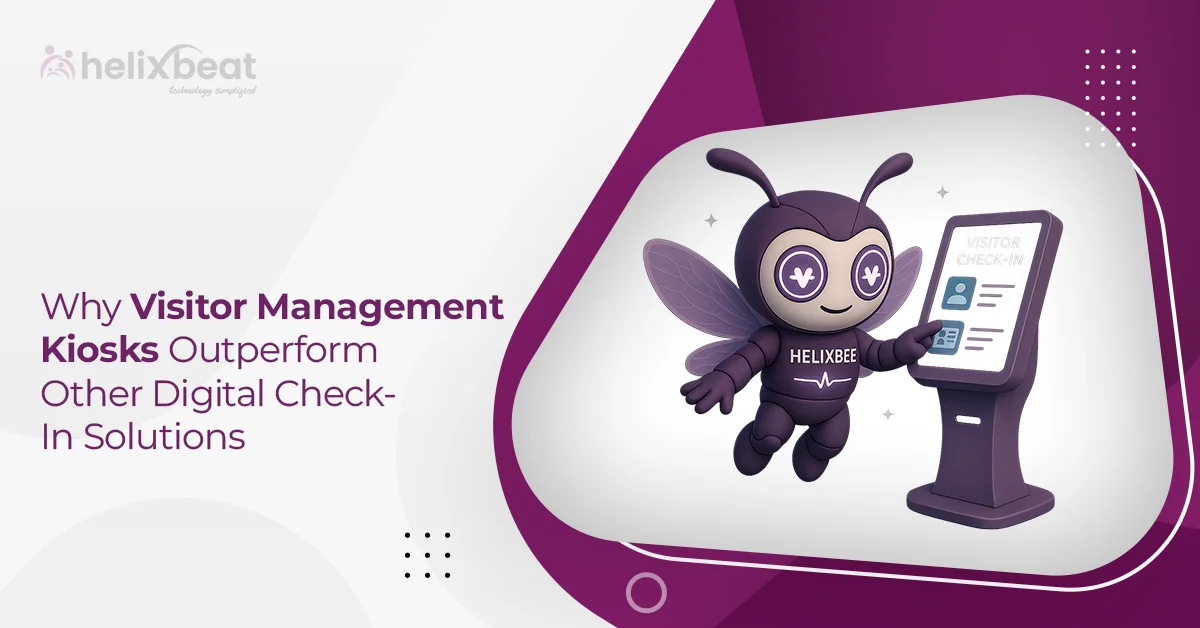Ever felt like your product development process could be smoother, faster, or more efficient? Many businesses struggle with managing every stage of a product’s life from the initial idea to its eventual retirement. This often leads to unnecessary delays, higher costs, and missed opportunities. That’s where Product Lifecycle Management (PLM) methodology comes in. By implementing PLM, businesses can streamline every step of the product journey, improving communication across teams, cutting down on waste, and getting products to market faster. It’s a simple but effective way to ensure your business stays efficient, responsive, and ahead of the competition.

Table of Contents
Evolution of Product Lifecycle Management
Product Lifecycle Management (PLM) has changed a lot since the 1980s. In the beginning, it mainly focused on managing product designs and data in manufacturing industries. Early PLM systems helped companies organize design information and improve workflows, especially in industries like automotive and aerospace, where managing complex designs was essential.
By the 2000s, PLM expanded to cover more areas beyond just design, including production, marketing, and product retirement. It started working with other business systems, like Enterprise Resource Planning (ERP) and Customer Relationship Management (CRM), to make the process more connected.
In recent years, PLM has experienced newer technologies like cloud computing and artificial intelligence (AI), making it easier for businesses to collaborate, access data, and stay competitive in a fast-moving market.
What is Product Lifecycle Management Methodology?
Product lifecycle management methodology is a systematic approach to managing a product’s entire lifecycle from initial concept through design, manufacturing, and service, all the way to its end-of-life.
It integrates people, processes, business systems, and information to streamline product development and improve decision-making across all departments. By using PLM, businesses ensure better coordination, reduced costs, and faster time-to-market, while maintaining high-quality standards throughout the product’s journey.
5 Important Benefits of Using Product Lifecycle Management Methodology in Business
Adopting Product Lifecycle Management methodology can bring numerous advantages to a business. By streamlining every stage of a product’s journey, from design to end-of-life, PLM helps companies improve efficiency, reduce costs, and ensure better product quality. Here are the top benefits of using PLM methodology in your business:
1. Better Team Collaboration
PLM methodology makes it easier for different teams, like design, engineering, marketing, and production, to work together. By using the PLM implementation methodology, all product information is stored in one place, so everyone can access it easily and stay updated. This helps teams make better decisions and reduces mistakes caused by miscommunication.
2. Faster Product Launches
With PLM methodology, businesses can speed up their product development process. By integrating design, production, and distribution, PLM helps identify and fix problems early. This streamlined process, backed by agile product management lifecycle practices, allows businesses to bring products to market faster, giving them a competitive edge.
3. Lower Costs
PLM helps reduce costs by improving resource management and cutting down on waste. With PLM implementation methodology, businesses have clearer access to product data and designs, leading to fewer errors and less rework during production. This results in overall cost savings while improving operational efficiency.
4. Improved Product Quality
By applying PLM methodology, businesses can closely monitor every stage of product development, from concept to manufacturing. This approach ensures that potential issues are identified and resolved early in the process, leading to better product quality and customer satisfaction. Agile product management lifecycle practices also allow for continuous improvement and adaptation throughout the product journey.
5. Easier Compliance and Risk Management
For businesses in regulated industries, PLM implementation methodology ensures that all necessary documents and data are stored in one place, making compliance easier. This reduces the risk of missing important updates or making mistakes that could lead to legal or financial penalties, helping businesses stay on top of regulatory requirements efficiently.
Common Challenges in PLM Methodology
Implementing Product Lifecycle Management methodology can be challenging due to factors like system integration, data consistency, and user adoption.
| Challenge | Solution | Implementation Tip |
| Organizational Silos | Use PLM tools like Acceldata to improve teamwork and make data visible to everyone. | Hold regular meetings between departments to align goals and encourage the use of shared PLM dashboards to keep everyone on the same page. |
| Data Overload | Use a centralized PLM system with features to manage and analyze large amounts of data. | Use AI tools to organize and focus on the important data, so your team can make decisions based on useful information rather than raw data. |
| Technology Adoption | Choose cloud-based PLM solutions to reduce upfront costs and make integration easier. | Start with flexible, scalable PLM tools that can grow with your business, minimizing risk and ensuring smoother integration with your existing systems. |
| Data Quality and Consistency | Make sure all teams follow the same data standards with built-in tools in PLM systems. | Set clear rules for managing data and regularly check for errors to ensure all product data is accurate and consistent across teams. |
| High Initial Costs | Choose cloud-based PLM tools with subscription models to avoid high upfront costs. | Pick PLM tools with flexible pricing and start with essential features. As your business grows, you can add more features without overspending. |
| Scalability Issues | Use a PLM system that can grow with your business and connect to other tools as needed. | Select a PLM solution that can expand as your business becomes more complex, and make sure it can work well with future system upgrades. |
New Trends in PLM
The world of Product Lifecycle Management (PLM) is constantly evolving to meet the demands of modern businesses. Here are some of the latest trends shaping PLM today:
1. Cloud-based PLM Solutions
Cloud-based PLM solutions are gaining popularity as they offer greater flexibility and scalability for businesses. By storing product data on the cloud, companies can access and update information in real time, regardless of location.
This reduces IT costs, enables remote collaboration, and allows businesses to scale their PLM systems more easily as they grow.
2. Integration with AI and Machine Learning
PLM systems are increasingly integrating with artificial intelligence (AI) and machine learning (ML) to enhance decision-making. These technologies help businesses analyze large sets of product data, identify patterns, and predict future trends, improving product design, quality control, and even customer satisfaction.
AI can also automate tasks, saving time and reducing the chance of human error.
3. Sustainability in PLM
As sustainability becomes a key focus for businesses, PLM systems are evolving to support eco-friendly product development. Companies are now using PLM to track and manage the environmental impact of their products, from raw materials to disposal.
By incorporating sustainability metrics into the PLM process, businesses can make more informed decisions about resource usage, waste reduction, and product lifecycle management, leading to more eco-conscious products.
How Helixbeat Simplifies PLM for Your Business
At Helixbeat, we know that managing product lifecycle management (PLM) can be tricky and time-consuming. That’s why we offer easy-to-use PLM solutions that work well with your current systems.
Our PLM implementation methodology helps organize your product data, making it easier to access and use, so you can make better decisions and bring products to market faster.
Why Choose Us:
- Customized Solutions: We provide PLM systems that fit your specific business needs.
- Experienced Team: Our team is skilled at integrating and optimizing PLM systems for your success.
- Flexible & Scalable: Our solutions grow with your business, so you’re always ready for change.
- Full Support: We help you every step of the way, from setup to ongoing improvements.
With our agile product management lifecycle approach, Helixbeat make sures your PLM system can grow with your business. We support you from start to finish, so you can focus on growing your business. Book a free call with us.
FAQs
1. What is Product Lifecycle Management (PLM) and why is it important?
PLM is a methodology that manages the entire lifecycle of a product, from its initial design and production to its eventual retirement. It helps businesses streamline processes, improve collaboration, and ensure product quality, all while reducing costs and time-to-market.
2. How does PLM help improve team collaboration?
PLM enables different departments, such as design, production, and marketing, to collaborate by providing a centralized platform for all product-related information. This leads to better communication, fewer mistakes, and more efficient decision-making across teams.
3. Is PLM suitable for small businesses?
Yes, PLM is scalable and can be customized for businesses of all sizes. Small businesses can benefit from PLM by improving efficiency, reducing waste, and speeding up product development without the need for large upfront investments.
4. How long does it take to implement a PLM system?
The time to implement a PLM system depends on the complexity of your business needs and the scope of the solution. Typically, implementation can take anywhere from a few months to a year, but with proper planning, the transition can be smooth and efficient.
5. Can PLM be integrated with existing business systems?
Yes, modern PLM systems can be integrated with other business tools such as ERP, CRM, and CAD systems. This ensures that product data flows seamlessly across all departments, providing better insights and improving overall efficiency.







